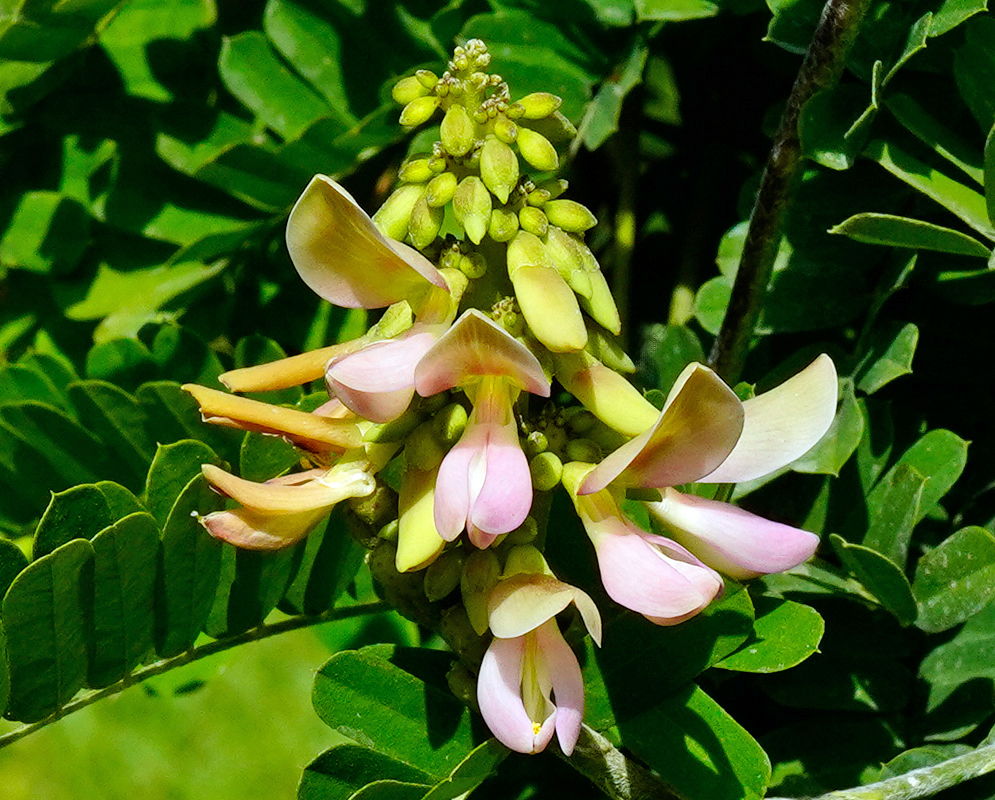This post has 11 Simple Fields-fields attached. Show fields.

Native to tropical Asia, it has since spread across Africa, the Caribbean, Central and South America, northern Australia, and the southeastern United States, particularly in Florida, thriving in warm, humid climates and frequently invading open woodlands, roadsides, and disturbed areas. It is a perennial, twining or climbing vine that uses nearby vegetation or structures for support, enabling it to grow aggressively and form dense thickets. Invasive in multiple countries, particularly in Hawaii and parts of the Caribbean, where its ability to regenerate from roots makes it difficult to control. Its flowers, arranged in short racemes, are pale pink, purplish, or lavender with a distinct papilionaceous form comprising a broad banner petal, lateral wings, and a fused keel. The seeds are bright red with a black spot, extremely hard, and highly toxic due to the presence of abrin, a ribosome-inactivating protein that can be fatal if ingested in minute quantities; despite this, the seeds have been used traditionally in jewelry and rosaries due to their uniform size and glossy appearance. Its ability to fix nitrogen in soil, a trait shared with many legumes, also allows it to colonize poor or degraded lands rapidly, contributing to its invasiveness. Its name in English is rosary pea.

